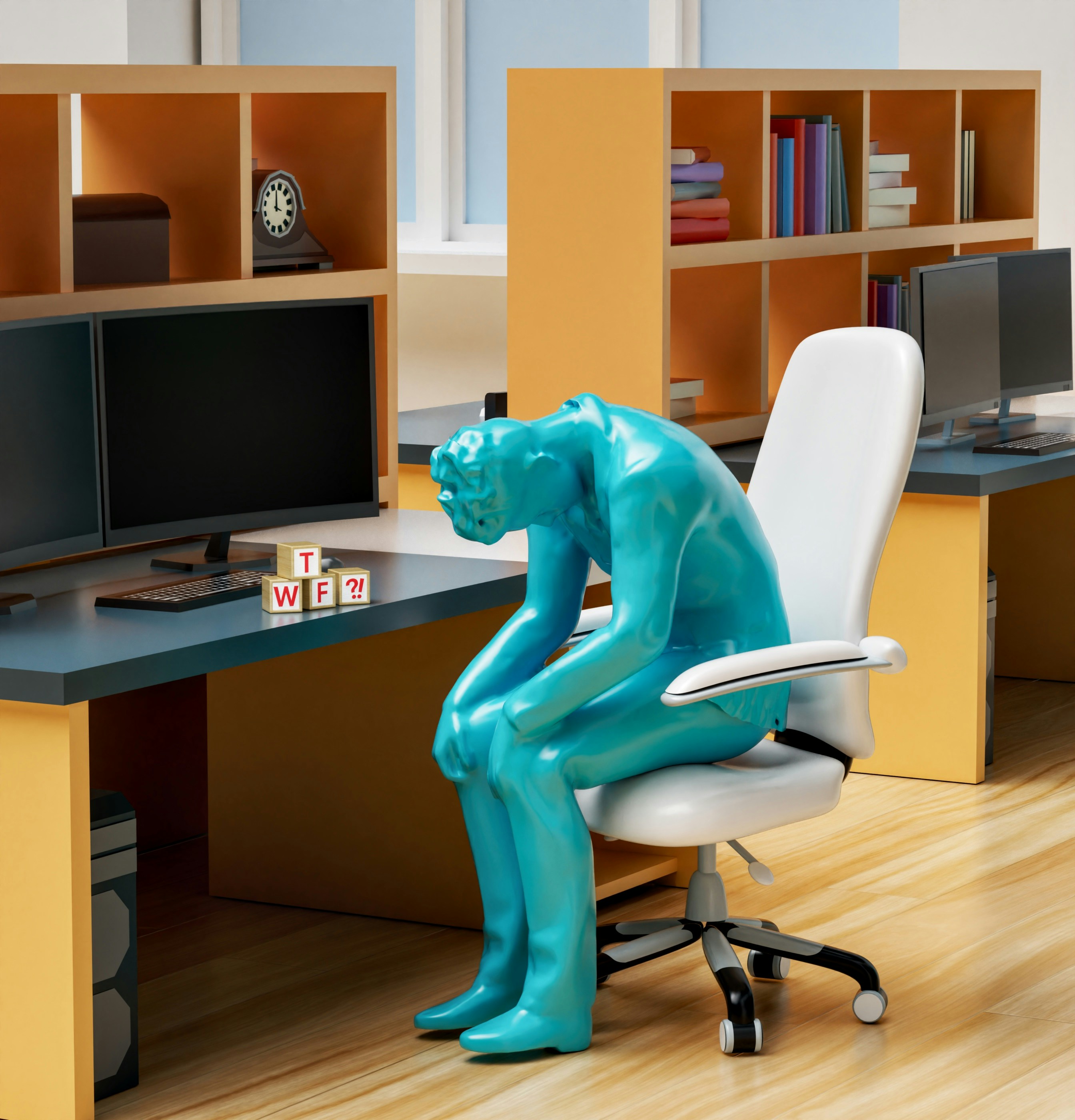Fueled by frustrations
You might expect this to be the story of a frustrated UX designer pouring out their woes, but that’s not quite the case — though it would indeed make for an interesting coffee conversation.
When I say “Fueled by frustrations” I’m talking about something different — designs driven by users’ frustrations. At the start of my journey as a UX designer, I struggled to understand how to address these frustrations effectively. During user interviews, if someone said, “This button doesn’t have a name, so I’m lost; it even logged me out when I clicked it.” my initial reaction was straightforward: “Alright, let’s label it.” But then, I realized there was more to it. What did users expect from the button? Did the icons resonate with them? Adding a label might help, but would it solve the underlying problem? These questions boiled down to a bigger one: “How can I enhance this button’s experience?” I came to realize that even in the world of design, small changes can make a significant impact — much like how a cup of my favorite Starbucks Pike coffee can brighten my day more than Verona ever could.
Discovering the significance of frustrations and how they can lead to discovery sparked a new passion within me. I don’t aim to frustrate participants, but during interviews, I’ve learned to let them explore the app on their own. After all, they won’t have someone to guide them every step of the way in real life. I encourage them to express their frustrations openly, paying close attention to their reactions. While they navigate the app I’m redesigning, I take meticulous notes to avoid making them feel uncomfortable. I ask for permission to record audio to aid in later reflection. I even track the time they spend on tasks and whether they complete them or give up. As a beginner UX designer, I’m still figuring out how to leverage this information effectively. But one thing is clear: if a task frustrates users to the point of abandonment, it’s a clear indicator that improvements are needed.
Testing products with users isn’t just about ticking off a task; it’s the only way to answer the question, “How can I make something that works, even better?”

